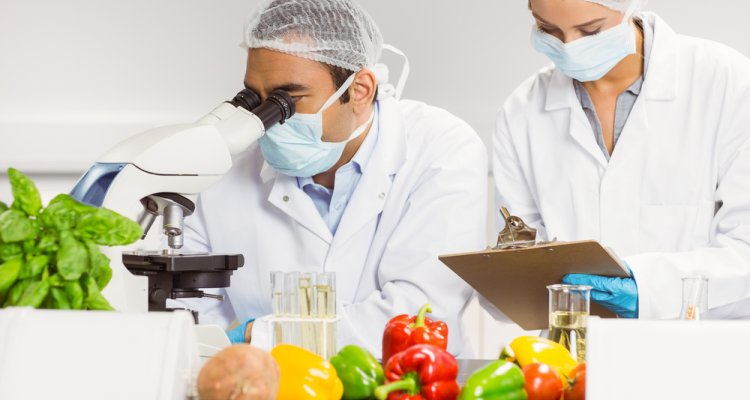
Project
A monitoring and impact evaluation system
Within Europe, we are aiming for a more sustainable circular food system. One aspect of sustainability is to increase the reuse of resources. However, it must be considered that food safety hazards can accumulate or re-circulate in circular food systems, thereby leading to potential food safety risks.
Residual streams, such as various types of sludge and marine waste streams, have the potential to be used in our circular food system. They consist of large volumes and have relatively low value and limited valorisation options. However, by using these streams within circular food production, food safety hazards, including pathogens and chemicals, may accumulate or new –unknown- food safety hazards may emerge.
The goal of this project is to assess how, where and which known and new food safety hazards may affect the safety of circular food production. The aim is to use state-of-the-art methodologies to identify and quantify food safety hazards in different residual streams and determine the fate of selected hazards in circular systems and the impact of the use of residual streams on the microbiota in the system. First, a survey will be performed to determine the presence of chemical and microbiological hazards in current and potential future residual streams to be used in our circular food system.
The fate (persistence, (re)contamination and transfer) of a set of microbiological and chemical hazards in circular food systems will be studied in specific case studies of a circular insect and marine food system. Furthermore, the effects of chemical hazards on microbiota and the presence of antibiotic-resistant genes (ARG) will be studied in these systems. The data will help to select promising safe residual streams that can be used in circular food production systems. It will also give insights into opportunities for mitigating (e.g., with processing) food safety hazards in circular food systems.
Publications
-
Defining Circular Economy Principles for Biobased Products
Sustainability (2022), Volume: 14, Issue: 19 - ISSN 2071-1050 -
Safely using sludge thanks to larvae and seaweed
Wageningen: Wageningen University & Research -
Seaweed@WUR: Chili : Kennisdisseminatie en projectmogelijkheden
-
Chemical and microbial food safety hazards in sludges and their fate in circular food systems
In: Paradigm Shifts for Global One Health Book of Abstracts - Wageningen: Wageningen University & Research - p. 100-100. -
Chemical and microbiological safety of black soldier fly larvae reared on sewage and industrial sludges
In: Book of Abstracts of the 75th Annual Meeting of the European Federation of Animal Science - Rome: EAAP - ISBN: 9791221067699 - p. 880-880. -
Slib veilig benutten met larven en zeewier
Wageningen: Wageningen University & Research -
Framework for evaluation of food safety in the circular food system
npj Science of Food (2024), Volume: 8 - ISSN 2396-8370